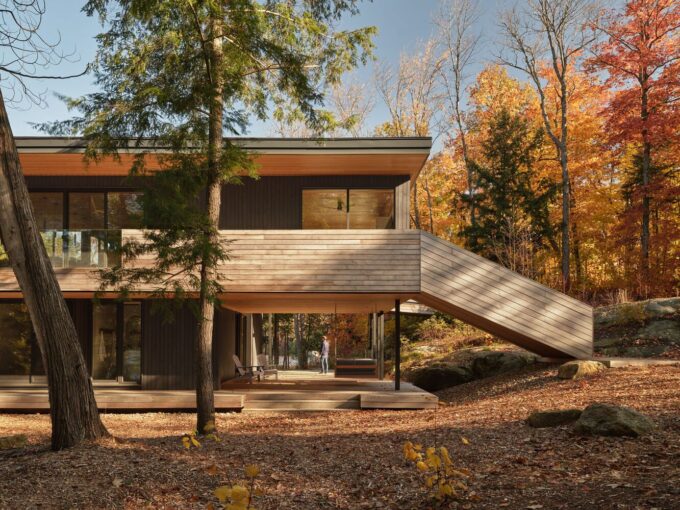- Home
- Articles
- Architectural Portfolio
- Architectral Presentation
- Inspirational Stories
- Architecture News
- Visualization
- BIM Industry
- Facade Design
- Parametric Design
- Career
- Landscape Architecture
- Construction
- Artificial Intelligence
- Sketching
- Design Softwares
- Diagrams
- Writing
- Architectural Tips
- Sustainability
- Courses
- Concept
- Technology
- History & Heritage
- Future of Architecture
- Guides & How-To
- Art & Culture
- Projects
- Interior Design
- Competitions
- Jobs
- Store
- Tools
- More
- Home
- Articles
- Architectural Portfolio
- Architectral Presentation
- Inspirational Stories
- Architecture News
- Visualization
- BIM Industry
- Facade Design
- Parametric Design
- Career
- Landscape Architecture
- Construction
- Artificial Intelligence
- Sketching
- Design Softwares
- Diagrams
- Writing
- Architectural Tips
- Sustainability
- Courses
- Concept
- Technology
- History & Heritage
- Future of Architecture
- Guides & How-To
- Art & Culture
- Projects
- Interior Design
- Competitions
- Jobs
- Store
- Tools
- More

Designing an optimal interior space for educational institutions is crucial in fostering a conducive learning environment and supporting student well-being. In this final installment of our guide, we will explore the world of school interior design, providing valuable insights and practical tips to create inspiring and functional spaces that meet the unique needs of students and educators. In this article, we will discuss various aspects of school interior design, including classroom layout, furniture selection, color psychology, and the integration of technology. We will explore how to create flexible learning environments that promote collaboration, creativity, and student engagement.
Furthermore, we will delve into the significance of selecting ergonomic furniture and incorporating elements that enhance student comfort and focus. We will also explore the use of color to create stimulating and calming environments, while considering the specific requirements of different educational levels.
Additionally, we will discuss the integration of technology in modern classrooms, exploring how digital tools and interactive displays can enhance teaching methodologies and student participation. Designing the best interior space for schools involves striking a balance between functionality, aesthetics, and the unique needs of students and educators. By implementing the principles and techniques discussed in this guide, you can create school environments that support effective learning, foster creativity, and promote student well-being. We hope this series has provided you with valuable insights and inspiration for designing exceptional interior spaces across various domains.

Interior Design Tips for Schools
- Design spaces that can be easily adapted to accommodate different learning activities and teaching methods. Incorporate movable furniture, such as desks and chairs on wheels, to allow for easy reconfiguration. Consider multifunctional spaces that can serve multiple purposes, such as collaborative work areas or presentation spaces.
- Design different zones within the school that cater to different age groups and learning needs. Provide separate areas for early childhood, primary, and secondary education, each with appropriate furniture, equipment, and amenities. Consider the unique requirements of each age group in terms of space, safety, and accessibility.
- Pay attention to acoustic design to create a quiet and focused learning environment. Incorporate sound-absorbing materials, such as acoustic panels or ceiling baffles, to reduce noise levels and minimize distractions. Design classrooms and study areas to minimize sound transmission between spaces.
- Integrate technology into the school design to support modern teaching methods. Provide sufficient power outlets, data connections, and Wi-Fi coverage throughout the campus. Design spaces for digital learning, such as computer labs or multimedia rooms, and ensure easy access to charging stations for personal devices.
- Maximize the use of natural light and ventilation throughout the school. Incorporate large windows, skylights, and light wells to bring in ample daylight, which has been shown to enhance student well-being and productivity. Ensure proper ventilation systems to maintain a comfortable and healthy indoor environment.

- Design common areas, such as libraries, cafeterias, and student lounges, to be comfortable and inviting. Use a mix of seating options, such as comfortable chairs, couches, or bean bags, to accommodate different preferences and promote relaxation or collaboration. Incorporate vibrant colors, artwork, and natural elements to create a welcoming and inspiring atmosphere.
- Prioritize safety and security in the design of school interiors. Ensure clear sightlines and visibility in common areas, hallways, and entrances. Install proper lighting, surveillance systems, and controlled access to secure sensitive areas. Consider the use of materials that are durable, non-toxic, and easy to maintain.

- Support collaboration and creativity: Design spaces that foster collaboration, creativity, and project-based learning. Provide breakout areas, maker spaces, or collaborative workstations where students can work together on projects. Incorporate writable surfaces, such as whiteboards or writable glass panels, to encourage brainstorming and idea sharing.
- Consider inclusive design: Ensure that the school design is accessible to students of all abilities. Design classrooms, hallways, and amenities with appropriate wheelchair accessibility, ramps, and handrails. Provide sensory-friendly spaces for students with sensory sensitivities or neurodiverse needs.
While designing interior spaces for schools, do not forget that each school has its unique requirements and educational philosophy, so tailor these design tips to suit the specific needs and culture of the school. The goal is to create a safe, functional, and inspiring environment that supports learning and student well-being.

Submit your architectural projects
Follow these steps for submission your project. Submission FormLatest Posts
The Ultimate Guide to Fencing in North Dakota: Choosing the Best Fence for Your Property
Watching a chain link fence twist in 70 mph winds near Minot...
Gaudí: Where Architecture Meets Science
Gaudí: Where Architecture Meets Science shows catenary arches, ruled surfaces, and biomimicry...
How Housing Market Forces Shape Architectural Design Today
Architecture never exists in isolation. Buildings rise from a mix of ambition,...
Why Portable Formaldehyde Gas Detectors Matter on Construction Sites
As construction practices shift toward more enclosed and material-intensive environments, the risk...












Leave a comment